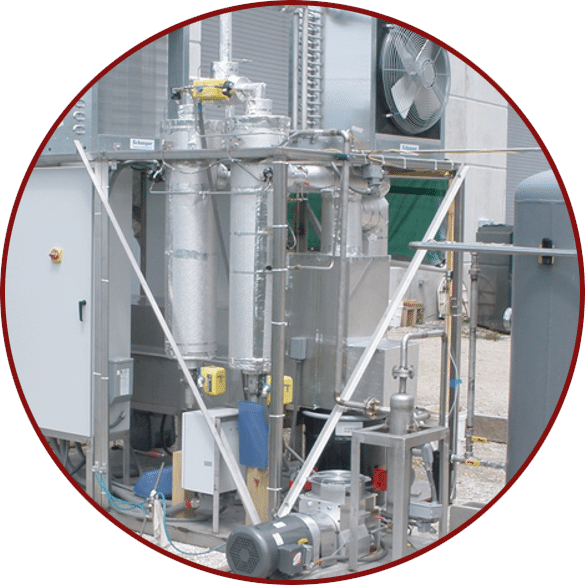BioFuel (R&D)
Clean Bio-Energy for a Clean Earth
HiPoint uses biomass, green waste, and horse waste to produce Biofuel, primarily in the form of Syngas, to be converted into electric power. Collaborating with local energy companies, HiPoint aims to establish long-term offtake agreements and distribute natural energy to charging stations, creating e-RINS, Carbon Tax Credits, and profitable incentives.
Biofuel (R&D)
Clean Bio-energy for a Clean EarthHiPoint uses biomass, green waste, and horse waste to produce Biofuel, primarily in the form of Syngas, to be converted into electric power. Collaborating with local energy companies, HiPoint aims to establish long-term offtake agreements and distribute natural energy to charging stations, creating e-RINS, Carbon Tax Credits, and profitable incentives.
Hi-GRADE BioFuel
Biomass to Electric Power for a self-sustaining Environment
Hi-Grade Biofuel
Biomass to Electric Power for a self-sustaining planet
What is Biofuel?

What is Biofuel?
Biofuel is a renewable fuel that is produced over a short time span from biomass. Biofuel can be produced from plants or from agricultural, domestic, or industrial biowaste. HiPoint Ag produces biofuel from dry manure Equine waste in our recycling facilities and our R&D division is working with new feedstocks to produce Hi-Grade Syngas to be used for electric power.

Next-Gen Electric Power


Patent Pending Innovation.
Next-Gen Electric Power
Non- Labile (Persistent) Biochar
The process creates two bi-products, syngas and biochar. We can modify syngas output vs. biochar output by adjusting the input materials' moisture. With moisture at <5%, we will produce more biochar and at >10 % more syngas. The biomass input material will be the "unusable" wood fibre and manure separated during the recycling process, and a small percentage of plastic horse bags or alternative inputs such as corn stover, hemp flour, and green waste can be used. The goal is to modify outputs to meet customer/locational needs with just enough biochar produced to add to HiPoint's organic matter biofertilizer while the syngas converted to electricity will be sold to the grid to reduce the need for fossil fuels and optimize carbon credits.

Non-Labile (Persistent) Biochar
The process creates two bi-products, syngas and biochar. We can modify syngas output vs. biochar output by adjusting the input materials' moisture. With moisture at <5%, we will produce more biochar and at >10 % more syngas. The biomass input material will be the "unusable" wood fibre and manure separated during the recycling process, and a small percentage of plastic horse bags or alternative inputs such as corn stover, hemp flour, and green waste can be used. The goal is to modify outputs to meet customer/locational needs with just enough biochar produced to add to HiPoint's organic matter biofertilizer while the syngas converted to electricity will be sold to the grid to reduce the need for fossil fuels and optimize carbon credits.

Pure. Bio-Fuel. Biochar.
Patent Pending Innovation.
Vision Statement
HPEC Introduction
Vision Statement
HPEC Introduction Deck
HiPoint Energy Collective
(HPEC) Oregon Pilot Facility
OREGON R&D FACILITY

HiPoint Energy Process
The multi-patented process converts biomass into chemicals, energy fuel, and heat. We achieve this by increasing the energy content to the syngas and separating the gases from ash & biochar through high temperatures under oxygen-deprived conditions. We are able to modulate the balance of biochar and syngas to achieve the desired output. Dry feedstock produces excess carbon char, while moderate moisture maximizes hydrogen production and electrical power. Users can customize the system's operation to suit their needs.
